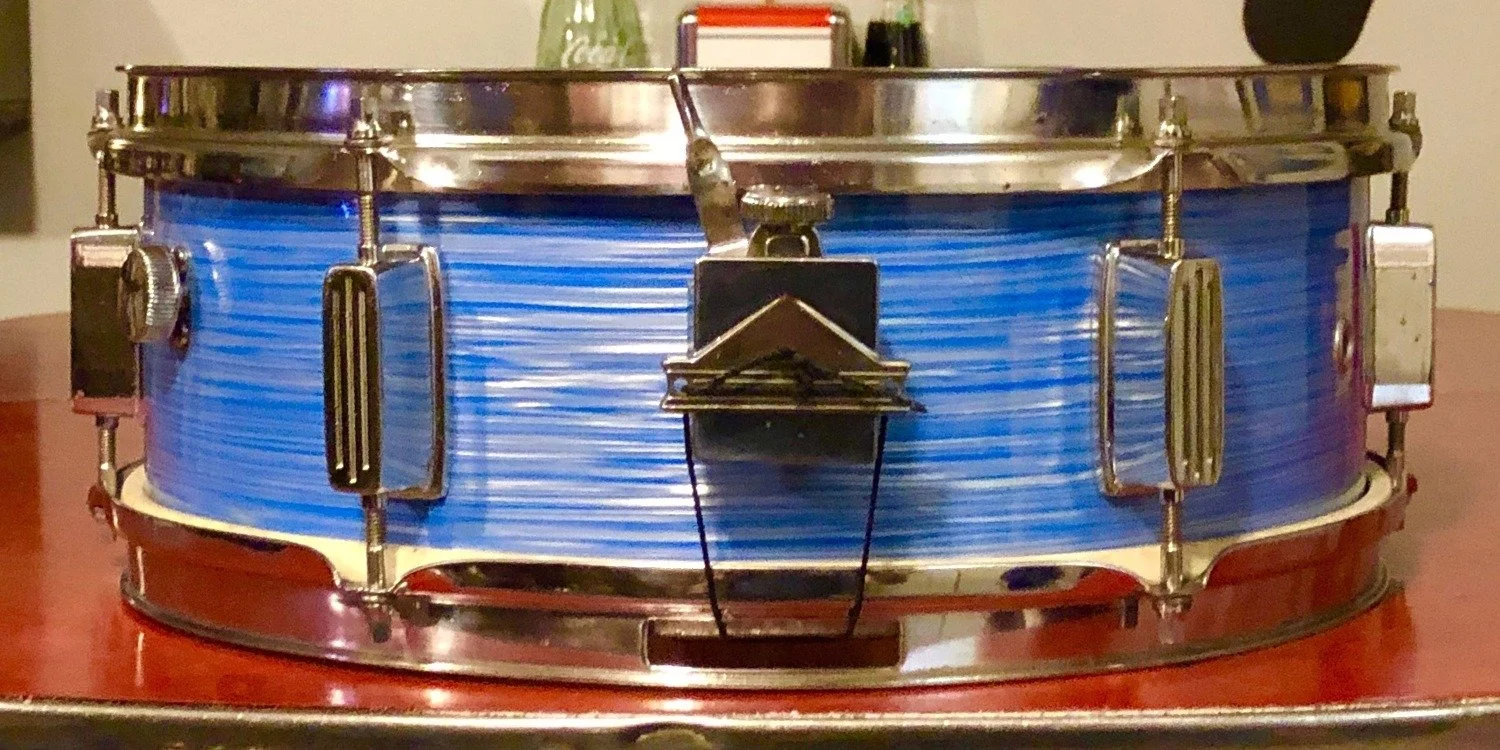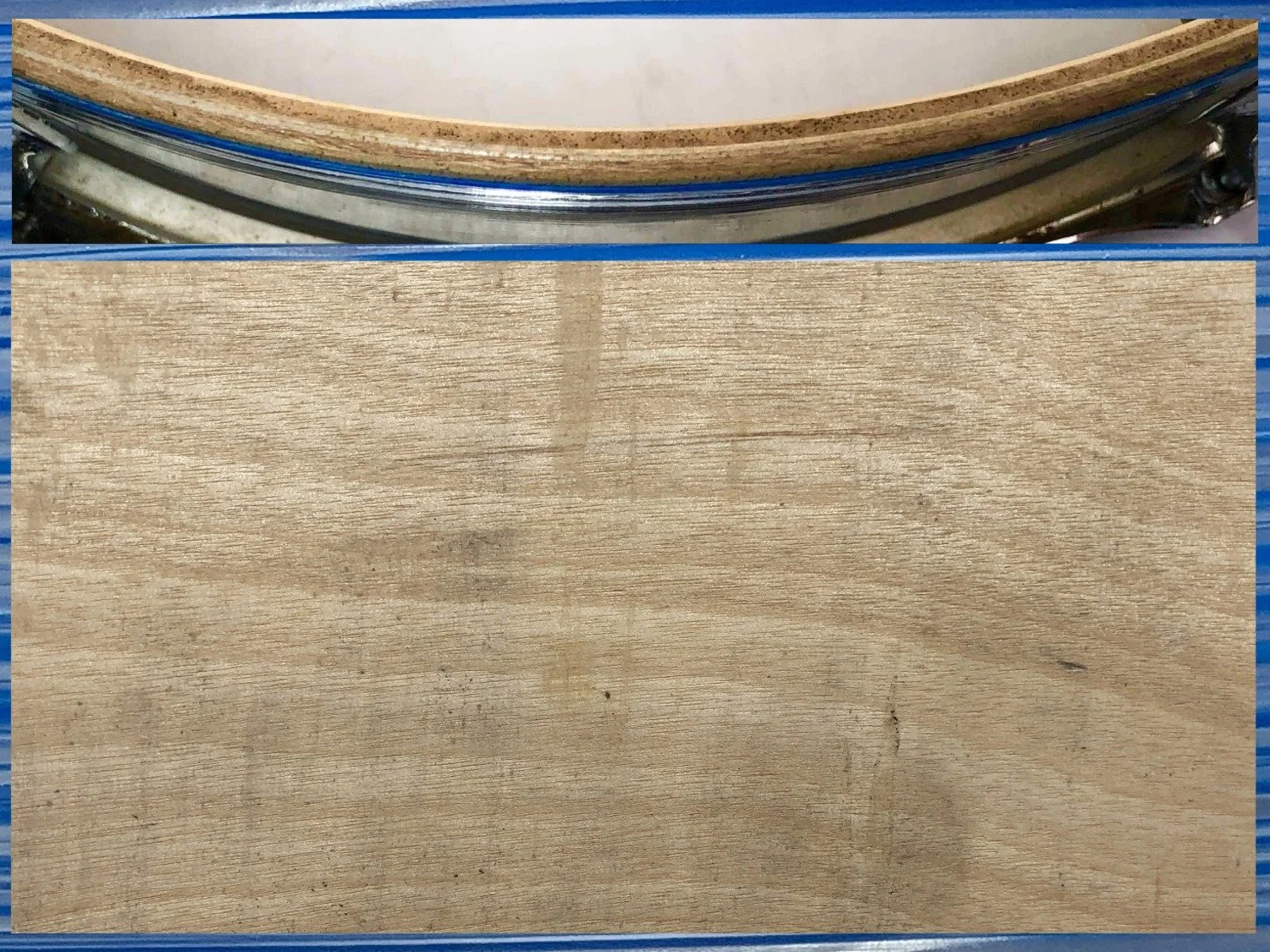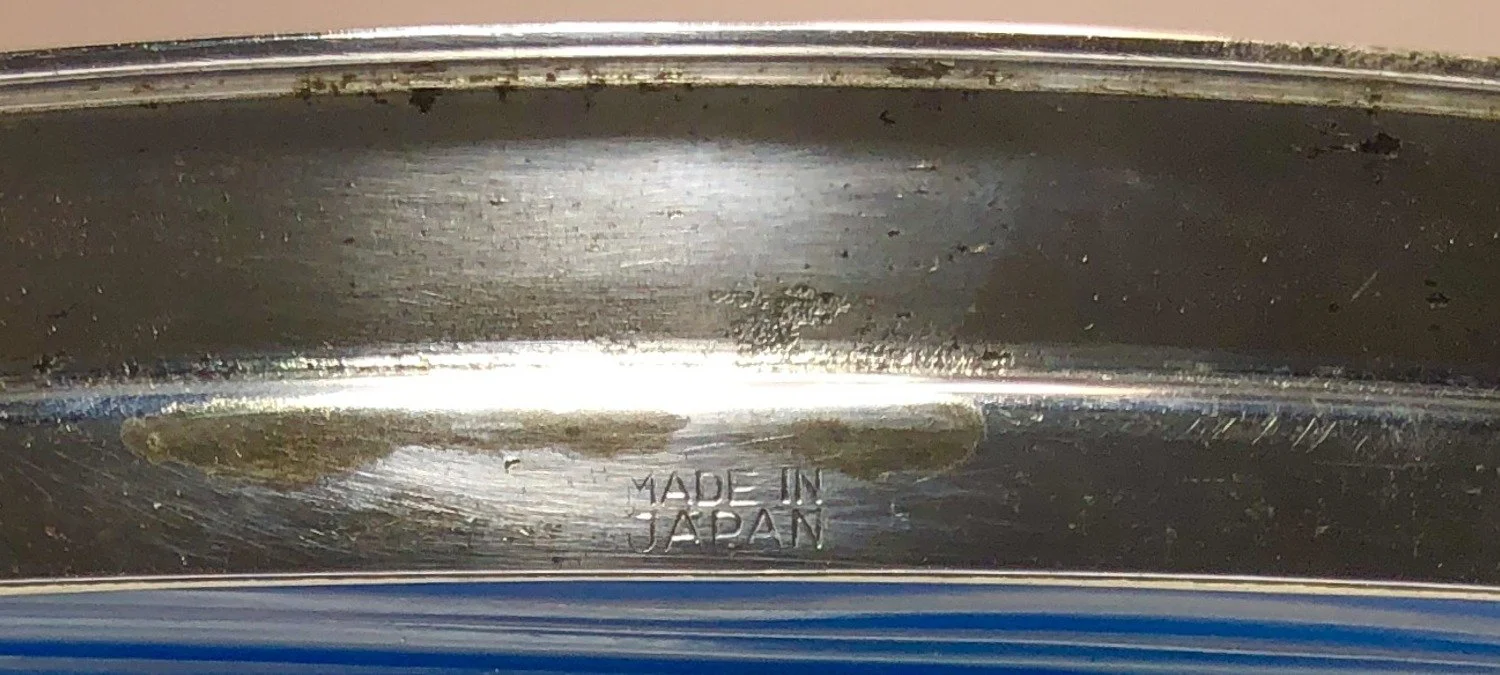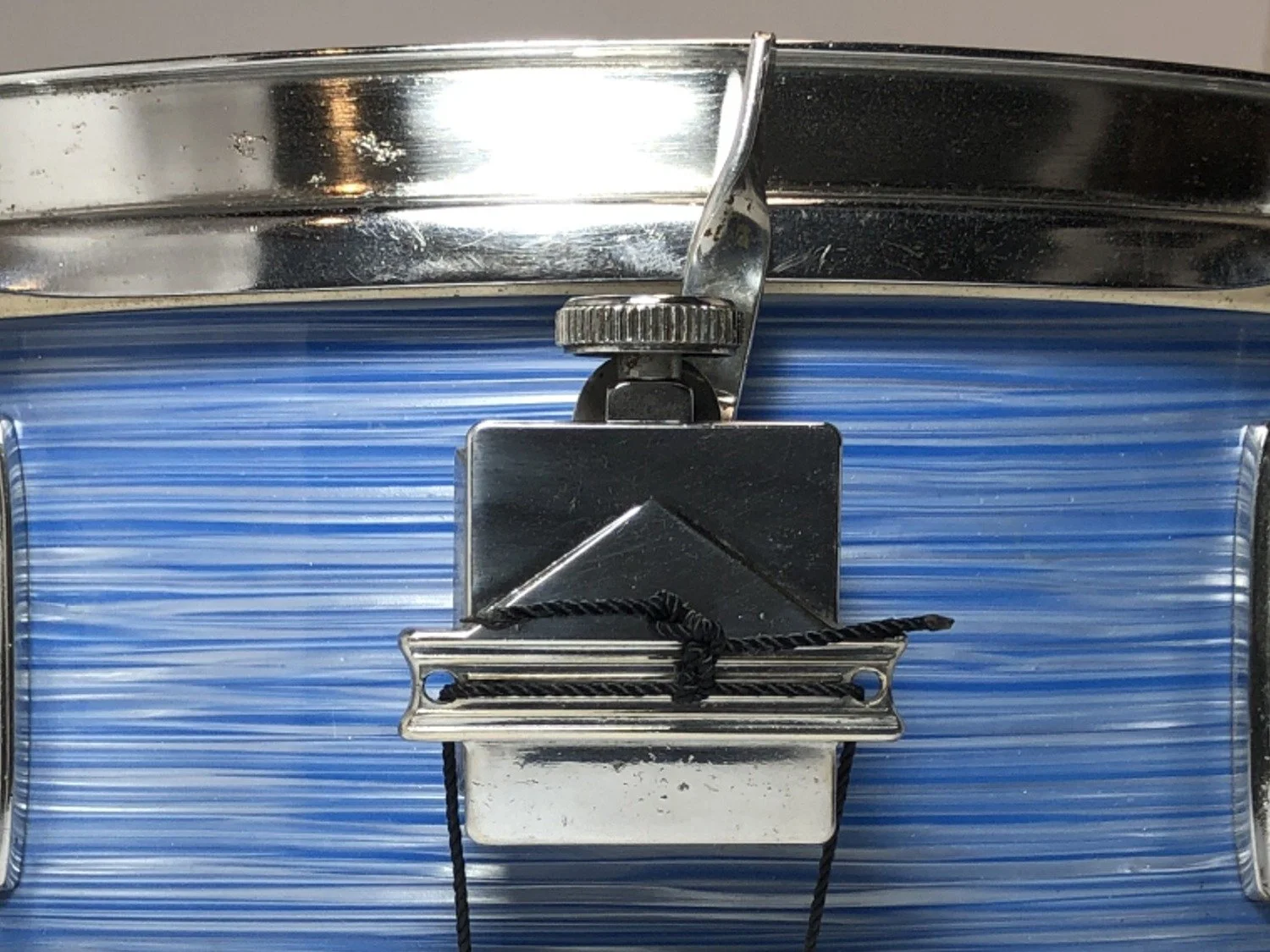The R-360 by Rogers is one of the anomalies of the MIJ stencil world. It kind of qualifies as a Japanese stencil but also an American made drum brand. The R-360 brand dates back to 1968 and were made through about 1972. The drums themselves were considered Rogers’ entry-level and whole kits (4-piece) were sold for about $250 and snare drums for about $75, while Rogers’ cheapest American made kit (the Celebrity Drum Outfit 4-piece) was $734 and a Powertone snare drum was $106. (The Dyna-Sonic was $165.)
Now the mysterious parts of the R-360 are where they were made and with what and by whom. Former Rogers employees claim that they were assembled in Rogers USA factory with a combination of Japanese from Yamaha and Rogers parts. Other claims that they were Yamaha built and shipped complete to Rogers. The problem with Yamaha building them completely, Rogers would have to have shipped some parts to Japan and then have them assembled by Yamaha and shipped back to the US to sell, which had to add cost to the drums. Either way American and Japanese parts are on the same drums and I hereby declare them semistencils.
Before moving on to the actual drums at hand, just note there was also a R-380 by Rogers. The difference between the two from what I have seen, is the R-360 kits were 4-piece and the R-380 kits were 5-piece.
The shell on this first drum is not a typical Japanese 3-ply Luan vertical grain wood (IN-V-H-V-OUT) with rerings, but a 6-ply, (IN-H-V-H-V-H V-OUT) with two of the horizontal plies being a lighter colored wood and very thin. According to Yamaha, who possibly made the shells, began making shells with Birch and Mahogany woods.
According to Rob Cook in his Rogers book, the lugs were designed by Joe Thompson for Rogers and made by Yamaha. The same lugs also appear on the R-380 and the Grossman era Duplex later on.
The Hoops are standard triple-flange with Made in Japan stamped on them.
The Strainer had a short run for Rogers from 1964 to 1969 and was called the Sta-Tite Strainer which was used on Rogers Tower model as well. Note that it is missing the plate to hold the strings down, it would have “ROGERS” stamped on it.
The tone control was a standard Yamaha painted puke green.
The Butt Plate appears to be a standard Yamaha as well, (also missing the internal plate).
The wrap on this drum is called Blue Ripple and was exclusive to the R-360/R-380 models. Both brands were limited to six wraps, all of which were a pearl or ripple type.
Both heads on this drum are original and have plastic hoops. I would say they are the equivalent to the Remo Ambassador.
I also have a R-360 chrome over steel model. The two main differences beside the shell are the strainer and the hoop. The strainer has a similar design but was introduced in 1967 as the 393 Bantam Strainer with “ROGERS” clearly on the front. The hoop’s only marking is a lone “R” on it, presumably making it American made as well. The shell shares the exact design as the Rogers Powertone only with steel under the chrome. Both the R-360 by Rogers and the R-380 by Rogers with the oval badge are considered the first generation.
There was a second generation called the Rogers R-340, R-360, & R-380. These drums are not at all related to Yamaha or American Rogers for that matter. All of those badges were rectangular in shape and the drums were made in Taiwan. The R-340 were Remo PTS series, the R-360 were a standard five bead drum with Pearl style casket lugs or pot metal lugs and were exactly the same as Percussion Plus and the rest. The R-380 had the same shell and lugs but had the Tama original King-Beat parallel strainer system (without the Tama logo) apparently licensed by Tama after they discontinued them.
I personally think the Semistencil nickname is appropriate for the R-360 & R-380 by Rogers, The R-360 served the purpose of a stencil but still has the flavor and some of the quality of the parent brand. The Blue Ripple will remain in the collection for its beauty and its sound.












